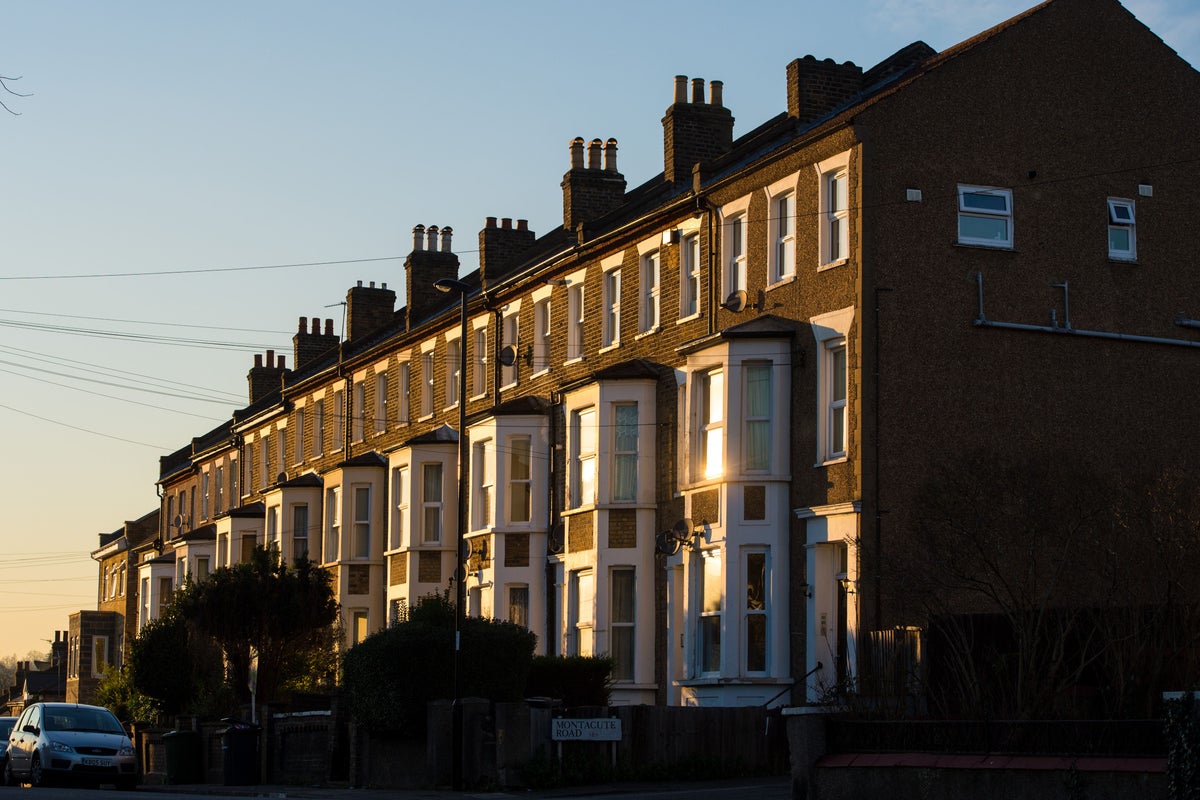
Acute shortages of larger social housing suitable for families mean it would now take more than 100 years to clear waiting lists in some places, according to analysis of official figures.
Amid concerns about the suitability, safety and costs of temporary accommodation, the research found that in the nine council areas with the most acute challenges, it would take at least 67 years to allocate permanent social housing to all households in need of at least three bedrooms.
With the most extreme pressures being felt in London, the longest projected timescales were found in Westminster (107.6 years), Enfield (105.3 years) and Merton (102.4 years).
Based on current letting trends, just five areas in the top 20 for waiting times were outside London. These are Mansfield (75.5), Slough (74.3 ), Luton (42.1), Solihull (27.9) and Bolton (27.3).
Representative body London Councils said boroughs collectively spend £4 million every day on temporary accommodation – with homelessness expenditure jumping by 68 per cent in a year.
A regional breakdown revealed that London has an aggregate waiting time of 27.6 years, followed by the South West (8.1), the North West (7.1) and the South East (6.2).
The aggregate for England was 7.8 years, with the lowest timescales found in the North East (3.2), East of England and the East Midlands (both 5.6).
Demand for larger social housing has outstripped overall waiting lists, the analysis found.
Between 2014/15 and 2023/24, the number of families waiting for a house with three or more bedrooms increased by 36.6 per cent, at a time when the total households on waiting lists grew by 5.9 per cent.
The data has been published by the National Housing Federation (NHF), Crisis and Shelter as they warn of a critical need to boost investment in social housing in the upcoming spending review.
NHF chief executive Kate Henderson said: “The fact that families in so many parts of the country face waiting lists for an affordable home longer than their children’s entire childhood is a national scandal.
“Security, stability and the space to learn and play is vital for a child’s development, yet we are allowing hundreds of thousands of children to grow up in damaging temporary homes, in cramped and poor-quality conditions and with little privacy. This is no way for a child to grow up and these children deserve better.”
Matt Downie, chief executive of Crisis, said widespread child homelessness leads to people being “trapped in poverty across generations”.
He added: “It’s ludicrous that in some areas of the country the wait for a social home is more than average life expectancy. This must spur action at the upcoming spending review. Government must commit to building social housing at scale and provide the necessary investment so that we can create a stronger society where everyone has the foundation of a safe home.”
Mairi MacRae, director of policy and campaigns at Shelter, said poor quality temporary accommodation means “childhoods are being lost to homelessness and it’s costing the country billions”.
She added: “By committing to serious investment in social housing – building 90,000 social homes a year for a decade – we can end the housing emergency, save public money, and give every child the foundation they need to thrive.”
Earlier this month, a cross-party committee of MPs said councils must be required to regularly inspect temporary accommodation for homeless families to prevent dangerous conditions contributing to more than one child death a month.
The Commons Housing, Communities and Local Government Committee said a crisis in temporary accommodation in England has left record numbers of children without a permanent home and many are living in “appalling conditions, with significant impacts to their health and education”.
Last month, Rachel Reeves announced £2 billion in grant funding to deliver 18,000 new homes, described as a “down payment” ahead of longer-term investment in social and affordable housing.
The government said it expects at least half of the 18,000 would be social homes, as charities urged that the “vast majority” should be for social rent amid record highs in homelessness across the country.
A Ministry for Housing, Communities and Local Government spokesperson said: “The findings of this report highlight the scale and devastating impact of the social housing crisis we’ve inherited.
“We’re taking urgent action to fix this through our Plan for Change, injecting £2 billion to help deliver the biggest boost in social and affordable housebuilding in a generation, investing in homelessness services, and bringing forward overdue reforms to the Right to Buy scheme that will protect the stock of existing social housing.”
The analysis assessed waiting list figures and lettings data published by the Minister for Housing, Communities and Local Government.
The final projection assumed no new additions to the waiting list and calculated how many years would it take to clear the backlog at the average rate of lettings.
London scientist found dismembered in suitcase on outskirts of Colombian city
Infected Blood Inquiry to hold more hearings
Urgent warning issued amid sunny weather after rise in shock deaths
Harry at second day of appeal after court told he ‘felt forced to step back’: Live
How the price of petrol could be an unexpected benefit of Trump’s tariffs







